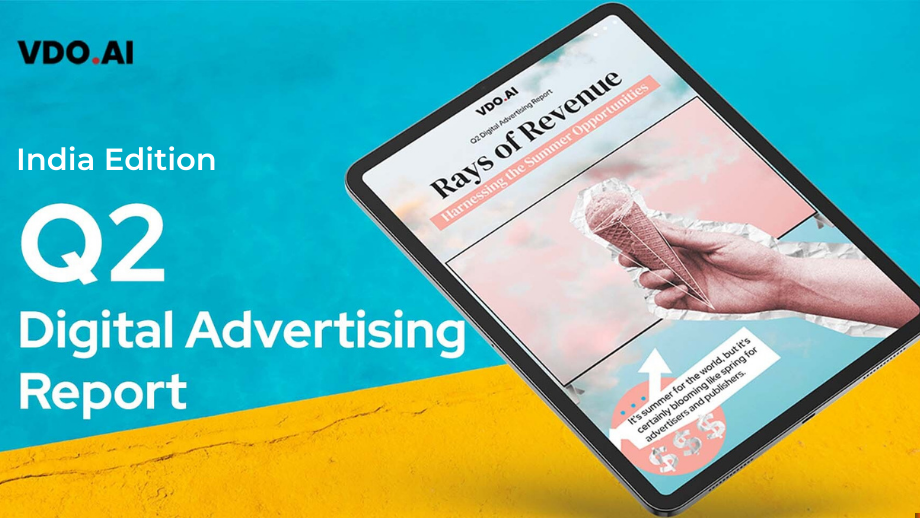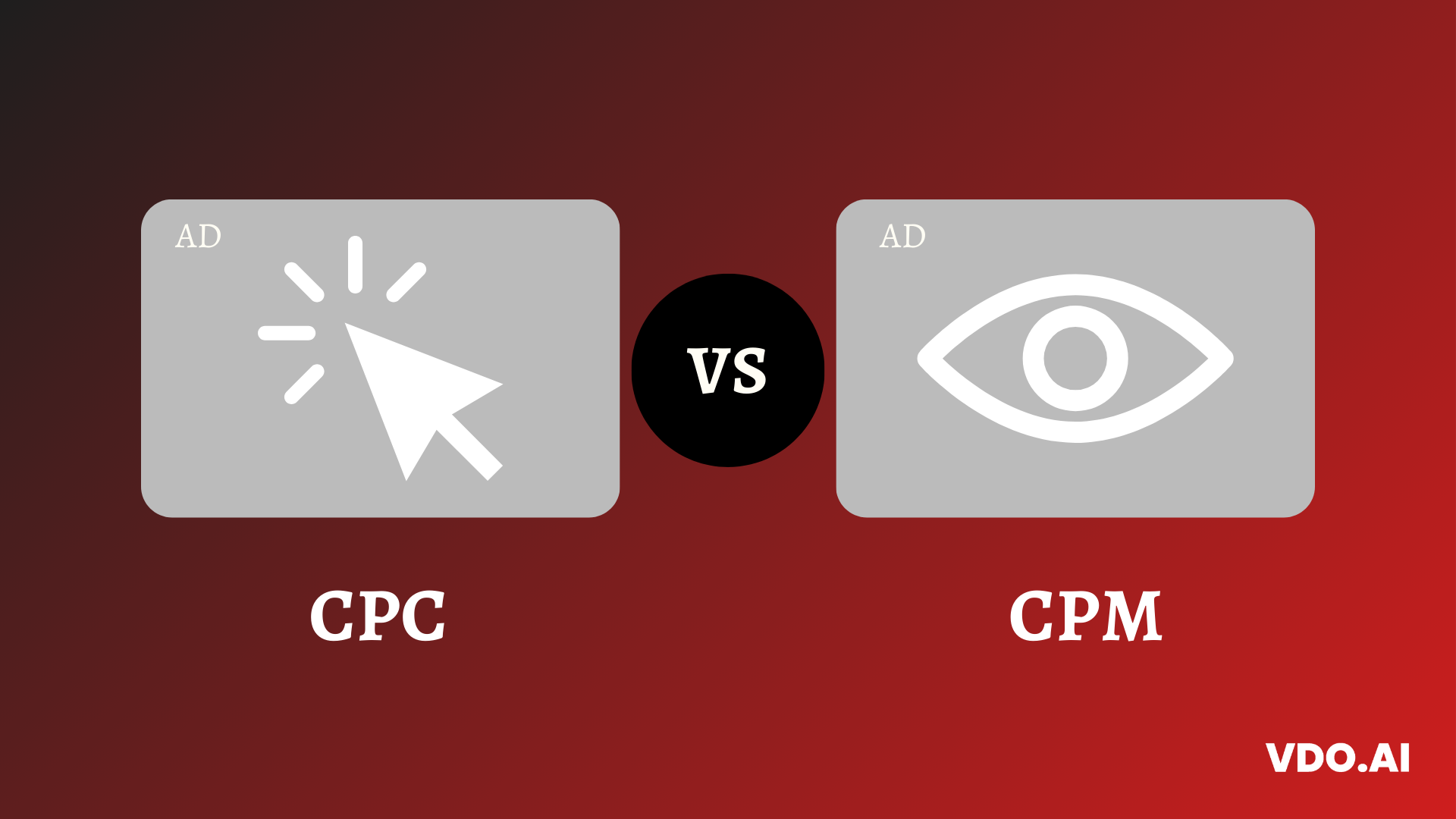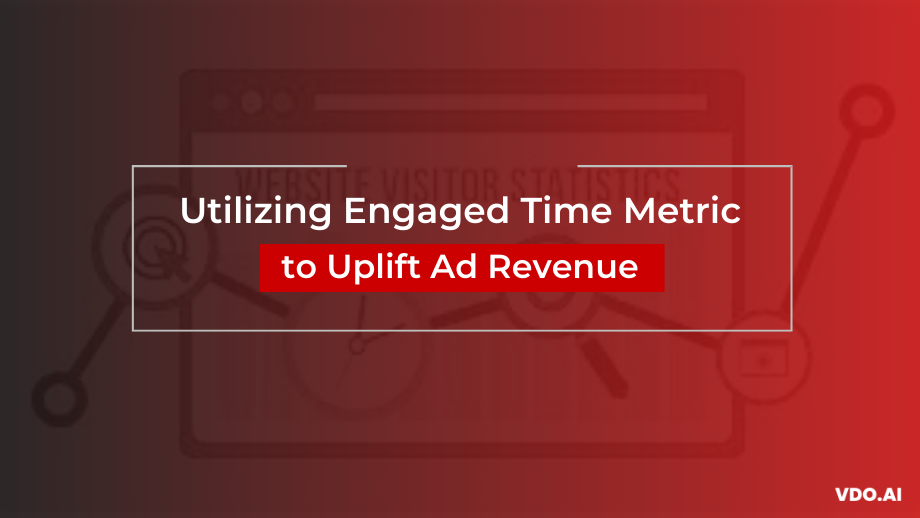Boost Your Website’s Revenue with Expert Ad Placement Strategies!
Reading Time: 6 minutesAccording to Statista, the global advertising industry expects to grow by about 6 percent to a record-high 856 billion U.S. dollars in 2023 and surpass one trillion dollars by 2026. This presents a significant opportunity for publishers to capitalize on their website traffic and enhance revenue generation through effective ad placement.
Effectively placing ads is crucial to attracting and engaging the audience, and this raises several questions for publishers. How can they optimize ad placement to maximize viewability, click-through rates, and conversion rates? How can they avoid common pitfalls that might negatively impact ad performance and revenue?
In this blog, we will delve into five expert strategies for ad placement on websites. Additionally, we will provide valuable insights into various tools and resources that can help publishers achieve better ad performance and generate higher revenue.
Key Factors for Effective Ad Placement 2023
Before implementing ad placements on a website, understanding several key factors is essential. These factors influence the decision-making process and ensure effective and successful ad placement. Here are the prerequisites to consider:
Website Area
Different sections of your web page, such as the header, sidebar, footer, and content area, offer distinct advantages and disadvantages for ad placement.
For instance, the header, being the most visible, may catch users’ attention but could also distract them from the main content. The sidebar is less conspicuous but more relevant, allowing for contextual ads related to the content. On the other hand, the footer is less intrusive but may have lower visibility.
Tools
Utilizing specific tools is crucial to creating and managing ad placements efficiently. These tools offer valuable insights into the most effective ad placements, allowing publishers to make data-driven decisions and optimize their revenue streams.
VDO.AI provides advanced tools that enable publishers to monetize their websites with various types of ads, such as display, video, native, and responsive ads. It also offers reporting and analytics features to track and optimize ad performance.
Ad Viewability
Ad viewability is a crucial metric for publishers, indicating the percentage of time an ad is visible on the screen during a user’s visit. Google defines an ad as viewable when at least 50% of its pixels are visible on the screen for at least one second (two seconds for video ads).
Higher ad viewability makes ads more attractive to advertisers, who are willing to pay more for ads that are likely to be seen and clicked by users.
Performance of Existing Ad Units
Regularly monitoring and analyzing the performance metrics of already placed ad units, such as impressions, clicks, CTR, CPC, RPM, and revenue, is essential. This data helps identify which ad units are performing well and which ones need improvement.
Overall, by considering these factors, publishers can lay a strong foundation for their ad placement strategies and make informed decisions to optimize revenue and user experience.
And, with these factors in mind, the following five best strategies for ad placement can be implemented:
5 Effective Ad Placement Strategies To Enhance The User Experience and Revenue Generation
Ad placement is a crucial aspect of online advertising, and to excel in this domain, it’s essential to focus on these 5 key strategies.
1. Understand Your Audience
The first and most important strategy for ad placement is to remember who your users are and what they want from your website.
a) Analyze User Data – Utilize tools to collect and analyze data about the users. This includes demographics, interests, devices, locations, and behaviors. Understanding these insights helps tailor the website and ad placements to match their preferences.
b) Create User Personas – Based on the data collected, construct user personas that represent typical or ideal users. These fictional characters highlight user goals, motivations, pain points, and frustrations. Using user personas, publishers can empathize with their audience and design ad placements that resonate with their interests and needs.
c) Contextual Ad Placement – Tailor ad placement to match user interests and needs. For instance, if your website is about travel, display ads or native ads showing relevant travel offers near the content area can enhance the user experience. Similarly, video ads or interstitials displaying engaging travel stories or testimonials in the sidebar or footer can increase engagement.
2. Start With the Revenue Model
Your website’s revenue model plays a pivotal role in determining the most suitable ad placements. Consider the following revenue models:
- CPM (Cost Per Mille)
- CPC (Cost Per Click)
- CPA (Cost Per Action)
- CPV (Cost Per View)
- Subscription
- Donation
- E-commerce
Select the revenue model that aligns with your website’s content, audience size, level of competition, and market demand.
Once you have chosen a revenue model, optimize ad placements accordingly:
- CPC – Place ads near the content area for better click-through rates.
- CPM – Opt for header or sidebar placements to maximize impressions.
- CPA – Align ads with specific conversion actions to increase potential earnings.
Remember to strike a balance between user experience and revenue generation. User-friendly ad placements are more likely to attract engaged audiences, leading to increased revenue opportunities.
3. Check Out Advanced Ad Formats
The third strategy for ad placement involves checking out advanced ad formats that offer more value and engagement for publishers. These advanced ad formats utilize creative and interactive features like animation, audio, video, gamification, or personalization to encourage interaction with the ads.
Some Ad placement examples with advanced ad formats by VDO.AI include,
Native Ads – These ads seamlessly blend in with the content or platform where they appear, providing relevant and useful information to users. They can appear as articles, videos, images, or widgets on a website.
Video Ads – These ads use video as the primary medium to deliver a message or story. This offers a more engaging and memorable experience compared to static ads. They can appear as pre-roll, mid-roll, or post-roll ads on video content or as out-stream video ads on non-video content.
Interstitials – These ads cover the entire screen or a large portion of it. When a user visits a website or navigates between pages, aiming to grab the user’s attention and make a high-impact impression.
Dynamic Ads – These ads use data and technology to deliver personalized and relevant messages to users based on their behavior, preferences, location, device, or other factors.
By incorporating advanced ad formats, publishers can increase ad viewability, click-through rates (CTR), cost per click (CPC), and revenue while enhancing user satisfaction, loyalty, and retention.
However, it is crucial to be cautious about potential drawbacks associated with advanced ad formats, such as higher loading times and increased ad blocking rates.
Longer loading times may affect website speed, performance, and SEO, so optimizing website speed and using responsive ad units are essential.
Additionally, advanced ad formats may be more susceptible to ad blockers, impacting ad impressions and revenue. Following best practices and ad quality guidelines can help mitigate this issue while respecting users’ preferences.
4. Experiment With Different Ad Placements
The fourth strategy for ad placement involves experimenting with different ad placements on a website to determine what works best. By testing various combinations of ad sizes, types, formats, locations, and numbers, publishers can achieve the optimal balance between user experience and revenue generation.
Experimenting with different ad placements can help publishers:
Find the right balance between user experience and revenue generation by analyzing metrics like bounce rate, session duration, page views per session, impressions, clicks, CTR, CPC, RPM, and revenue per user.
Discover new opportunities and insights by understanding how different ad placements perform and interact with website content and user behavior.
To conduct these experiments, publishers can use tools to create and run experiments to improve user experience and conversion rates.
Based on the results, publishers can decide on the best ad placement variant to implement permanently and use the insights gained to create new experiments.
5. Stay updated with the latest trends and updates
Keeping up with the latest trends and updates is crucial for publishers to stay relevant and successful. The online advertising industry is influenced by factors such as user behavior, technology, and market demand, and these factors are interconnected in complex ways.
As a publisher, understanding and adapting to these changes is essential to optimize ad placement and maximize earnings potential.
One of the significant trends to watch out for in 2023 is privacy and consent. Users are becoming more aware and concerned about their personal data, and regulations like GDPR and CCPA. These further makes it harder for publishers to collect and use data.
To comply with these laws and gain user trust, publishers must obtain user consent before using their data for advertising purposes and provide transparent information about data practices.
Another trend gaining traction is contextual advertising. Unlike targeted advertising, which relies on user data, contextual advertising matches ads to the content or context of the website or web page. This approach respects user privacy and delivers relevant ads, enhancing user experience and increasing ad performance and revenue.
While these trends are essential to keep up with, it’s also essential to remember that ad placement strategies should be tailored to individual websites’ goals, audiences, and content. Experimenting with different ad placements will help publishers identify what works best for their specific context.
To stay on top of the industry’s latest developments, publishers should learn from industry leaders and experts, such as Google, IAB, or Coalition for Better Ads, and adopt best practices. Embracing change and continuously adapting to the evolving landscape of online advertising will ensure publishers remain competitive and successful in the long run.
Final Thoughts
Ad placement is one of the most important factors that affect your website’s revenue. By applying the five expert strategies discussed in this blog post, publishers can optimize their ad placement for maximum performance and user experience. Also, this increases the chances of generating more revenue from the ads.
If you are a publisher looking for someone who can help you implement these strategies easily and effectively, you should check out VDO.AI.






